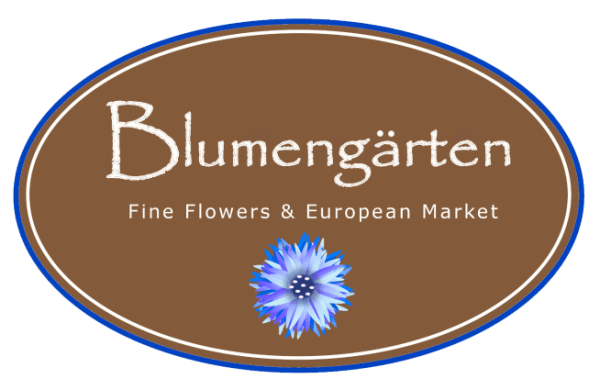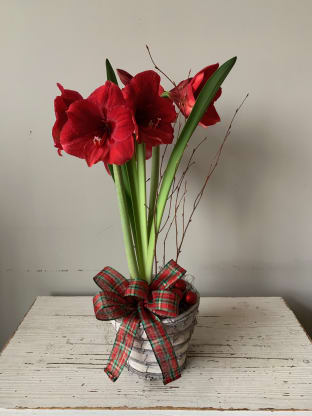Looking for some long lasting color this holiday season? Here’s a quick list of blooming and green plants sure to make your holiday festivities even more festive!
Poinsettia: A holiday classic, these showy plants come in all shapes, sizes, and colors! From ruffled red bracts to beautiful white star shapes, there’s one for everybody. Poinsettias represent good cheer and success. They are native to Central America, and can grow up to 15ft tall in the wild!
Frosty Fern: The frosty fern gets its name from the white color of its new growth. They look like they’ve been dipped in frosting! They stay rather compact, making them an interesting aspect to holiday plant arrangements.
Lemon Cypress: These adorable mini Christmas trees have lime green foliage and smell amazing! If you break off a branch and smell it, it has a bright citrusy scent. Lemon cypress plants are perfect for small spaces like dorm rooms, or as part of a larger display like your fireplace mantle!
Christmas Cactus: The Christmas cactus actually isn’t a cactus at all; it’s a member of the succulent family. It has sturdy, flat leaves that spray out from the center of the plant. At the end of the year they produce buds that bloom into beautiful white, red, pink, purple, or orange flowers. With proper care, they can live up to 30 years as a houseplant!
Amaryllis: The name amaryllis comes from the Greek word amarysso, which means “to sparkle.” Amaryllis is a bulb flower, just like tulips and hyacinth. Their stunning trumpet-shaped flowers make excellent cut flowers, or you can enjoy them on the plant as they are.
Cyclamen: Cyclamen feature butterfly-like blooms on slender stems. They have variegated heart-shaped leaves that make it a beautiful houseplant even when it’s not blooming. Cyclamen represent an empathetic, devoted heart and is therefore planted around many old monasteries and churchyards in the Mediterranean where it is a native plant.


